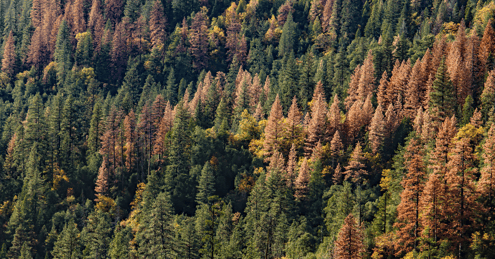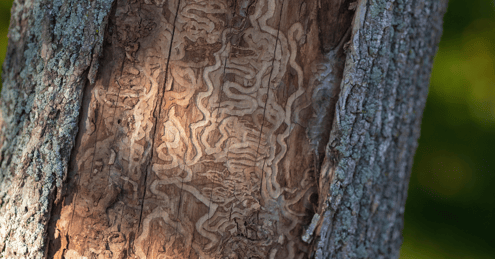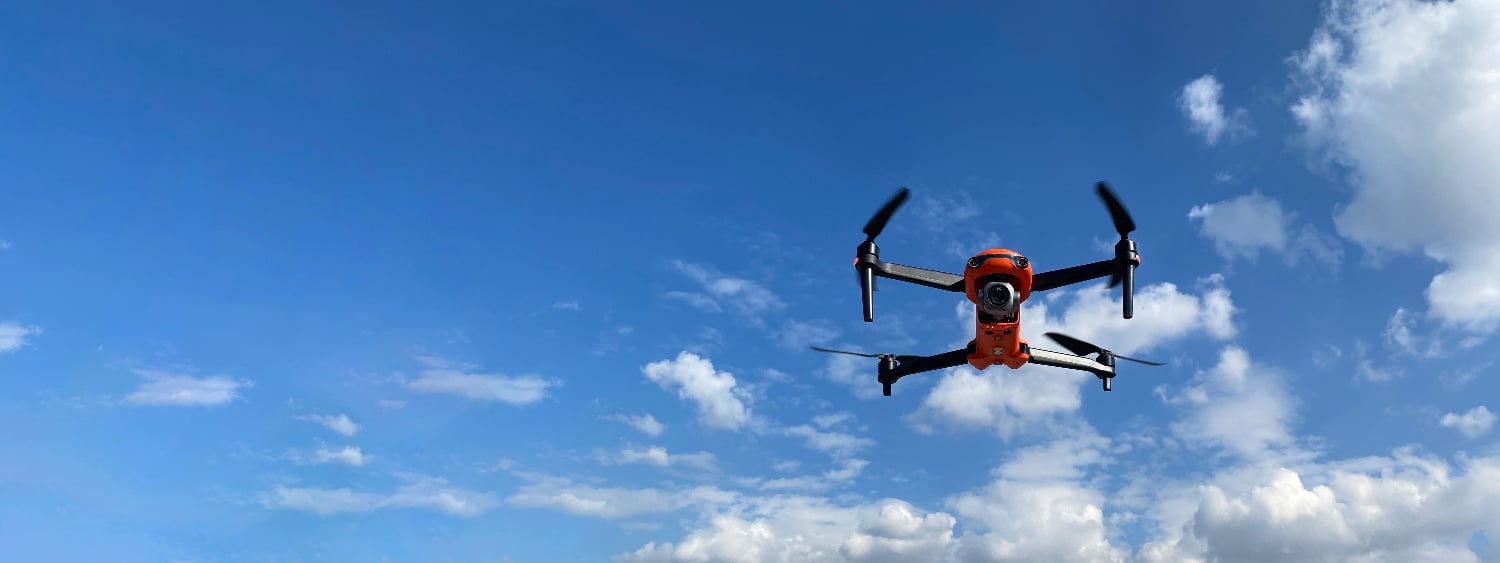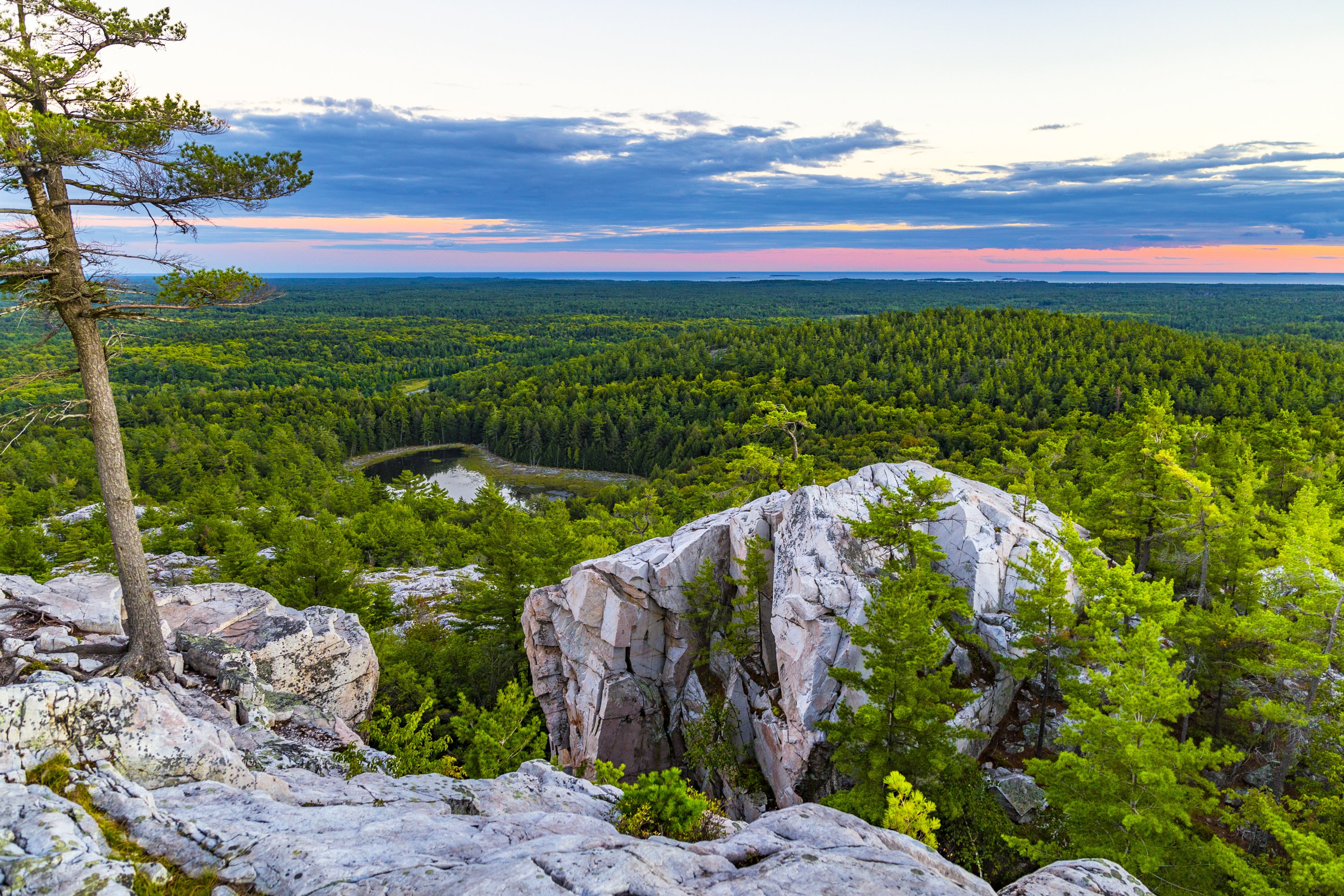Forestry companies strive to manage their forests to ensure their health and longevity, but this can be a challenge when taking into account factors that transcend management area boundaries.
One key factor that forest managers must consider is the detection, management, and control of pest outbreaks. Pests such as mountain pine beetle, spruce budworm, and emerald ash borer occur at varying rates in forests across Canada and can decimate tree populations, moving from forest stand to forest stand and leaving dead, damaged, and unmerchantable trees in their wake. Early detection is critical to the control and management of pest outbreaks in our forests.
Silvacom's Approach to Pest Management
Read on to discover how Silvacom utilizes remote sensing technology, careful planning processes, and expert analysis to assist forestry companies in detecting, controlling, and managing pest outbreaks in Canadian forests.
The Importance of Early Detection
Detecting pest outbreaks in their early stages is vital to implementing timely and effective control measures. In this section, we'll explore the significance of early detection and its role in preserving forest health.
Mountain Pine Beetle Detection Surveys and Control
Mountain pine beetles (MPB) are typically found in western North America and target stands of ponderosa, white, lodgepole, jack, and bristlecone pine trees. Mild winter temperatures have led to increased MPB numbers over the past two decades and infestations have been spreading across British Columbia, Alberta, and the USA as a result. These beetles burrow under the bark of pine trees, introducing fungus, laying eggs, and preventing the tree from accessing water and nutrients. Trees typically begin to die within a few weeks of infestation and their needles typically turn red within a year of the initial MPB attack. As the needles on infected trees begin to turn red, our team of remote sensing interpreters can use aerial imagery to flag individual trees or stands as potential MPB hot spots within a forest. By completing regular remote sensing interpretations of an area, forestry companies can detect and track the progress of MPB outbreaks and implement timely measures on the ground to control the spread and protect healthy trees.

Spruce Budworm Detection Surveys and Planning
Spruce budworm (SB) are the larval stage of spruce bud moth and are one of the most detrimental pests to spruce forests in Canada. SB are found throughout Canada, with hot spots in the boreal forests of Quebec through to the Yukon. They typically target balsam fir and white spruce trees, though they have also been found on red and black spruce trees. SB destroy buds, new shoots, and cones from the tops of trees, working their way down and leaving a greyish silk residue over the decimated branches. Trees typically die of defoliation within three to four years of infestation, though needles begin to turn red within the first year. Our team of remote sensing interpreters can spot red trees from aerial imagery taken in the fall or early spring, flagging trees and stands that may be infected by SB and suggesting control measures that can be implemented to prevent the spread of insects and protect healthy trees nearby.
Emerald Ash Borer Management Planning
Emerald ash borer (EAB) are an invasive pest typically found in southern Ontario, Quebec, the Maritimes, and the USA where ash trees are prevalent. These beetles are highly destructive to green, blue, white, and black ash trees and can spread up to 20km per year. Like MPB, EAB bore holes in trees, introduce fungus, lay eggs, and prevent trees from accessing water or nutrients. Unlike MPB, infected trees often show no early signs of distress, which makes detection and timely implementation of control measures difficult. In areas with known EAB outbreaks, our team can assist in forest planning and management to limit EAB spread, reduce the effects of EAB infestations by planting mixed-species stands, and monitor infestations to protect healthy forests.

Contact Silvacom for Pest Management Solutions
If your forests are within the ranges of these detrimental pest species, contact our team to find out how Silvacom can help. From early detection and monitoring to planning and implementing control measures at any scale, our priority is ensuring your forests remain sustainable and healthy for years to come.
To learn more about our services, visit www.silvacom.com/remote-sensing. Alternatively, you can contact us by clicking the button below:







